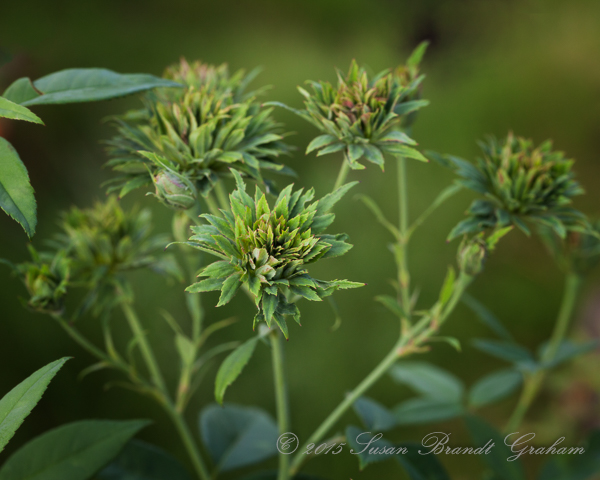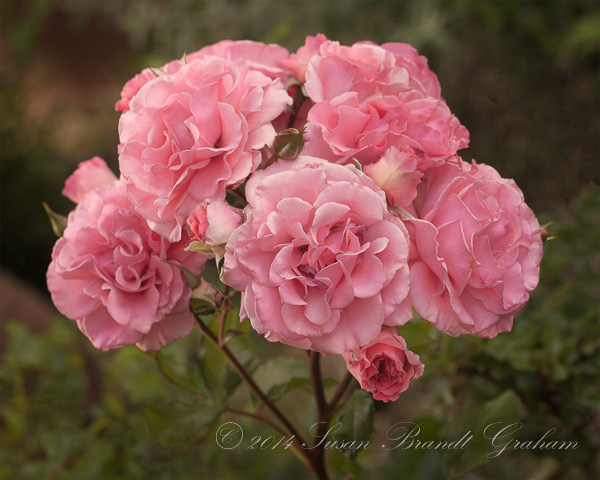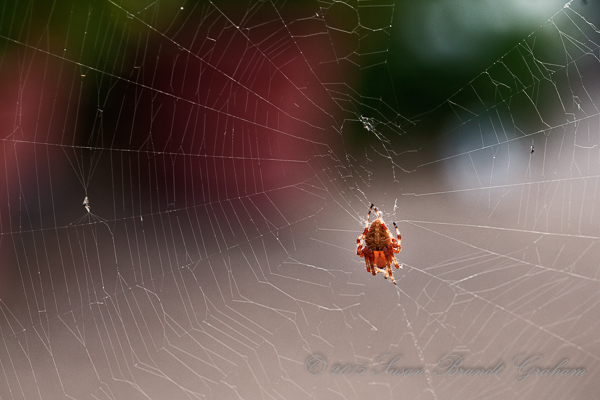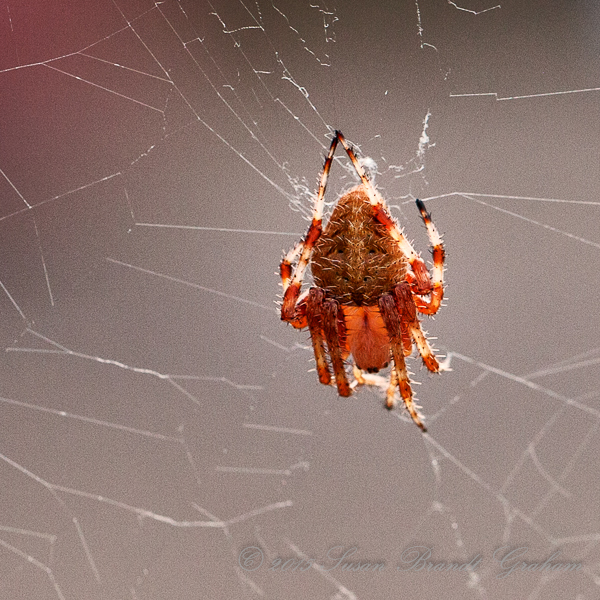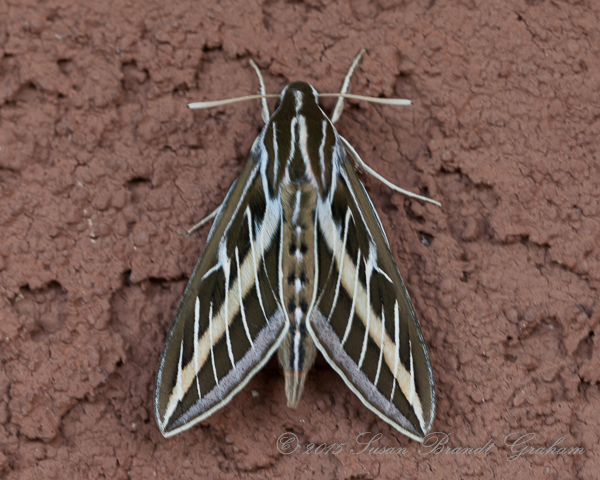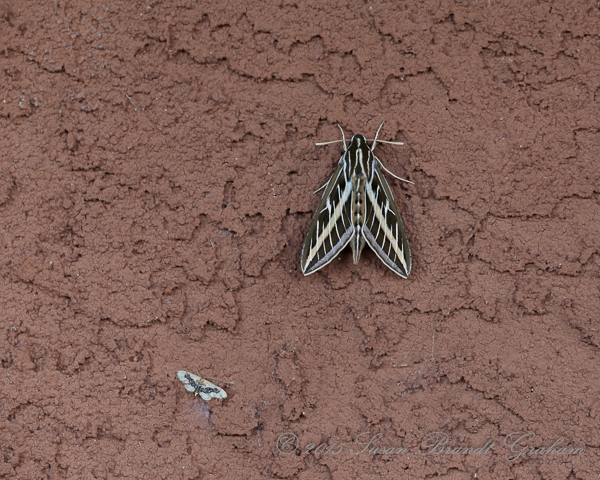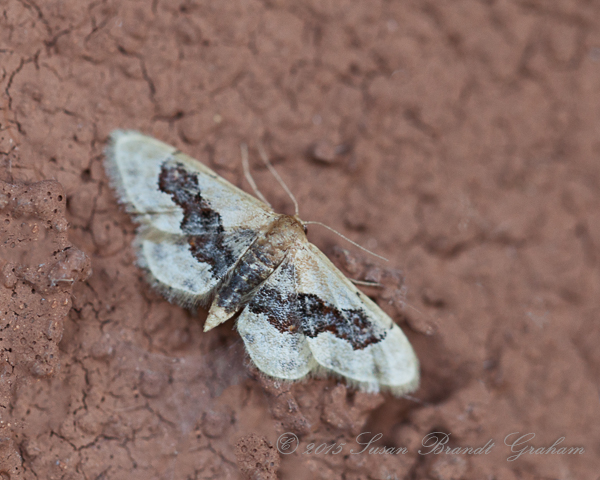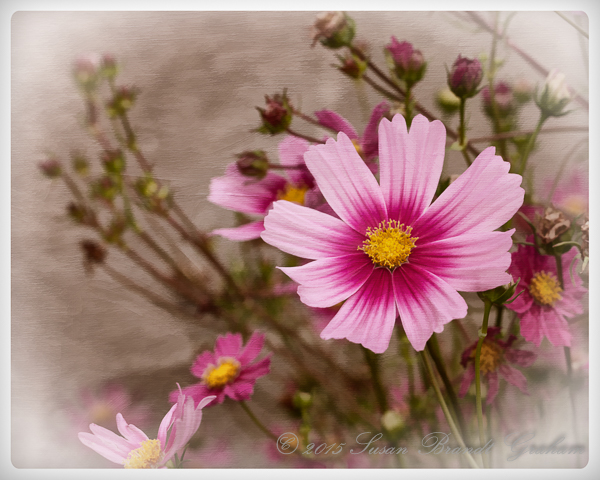Green June Bug
Green June Bug in August
Green June bug: although quite common here in the summer, I had never really looked at one until I caught a glimpse of something metallic blue as I took the garbage to the curb for pickup the next day. At first glance I thought maybe it was one of the metallic blue cutter bees I have seen here on roses in early spring. I got my camera, moved the dead insect out of crack in the sidewalk, and proceeded to photograph it. I had to get down on the ground to do it, and I just ignored the people who slowed down driving by who wondered what this woman was doing on the driveway.
It wasn’t until I turned it over that I realized it was a very common green June bug, a type of scarab beetle. The back view is not particularly impressive:

Green June Bug, a scarab beetle
I had seen that view many times. It was the complexity and beauty of the underside that I had never seen before.
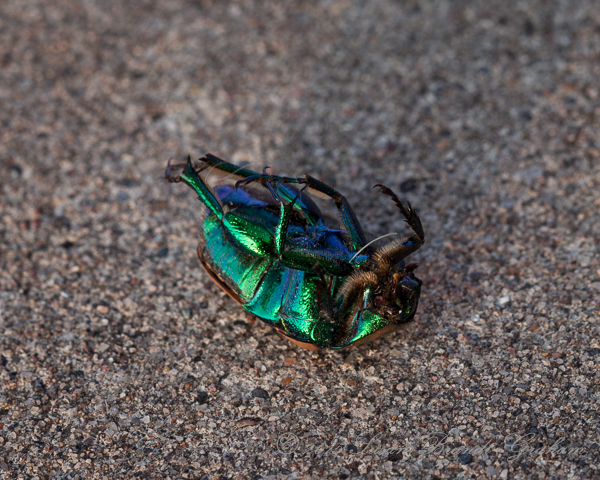
Underside, Green June Bug
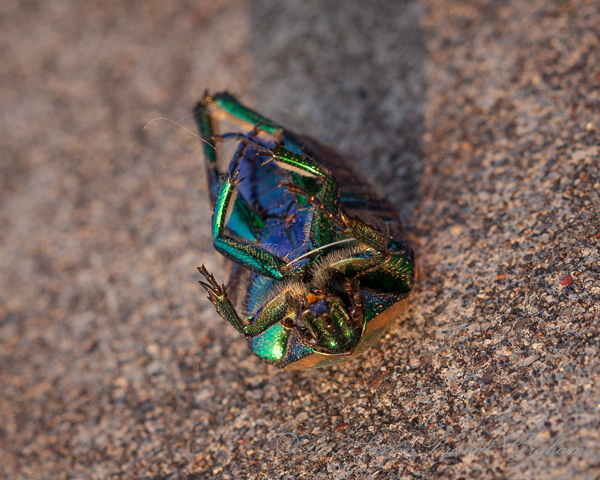
Green June Bug: Beautiful in Its Complexity. “Facial” View, the Eyes Were Missing
Garden takeaway: green June bugs do not harm the garden.
Photography takeaway: you don’t always have to go looking for things to photograph; sometimes they just appear when people keep their eyes open. 🙂
Update: There are two species of Green June Bugs. The one that occurs in the West, from Texas to California (including New Mexico) may also be referred to as the Fig Beetle of Figeater Beetle. More info here. Thanks, Tim.

